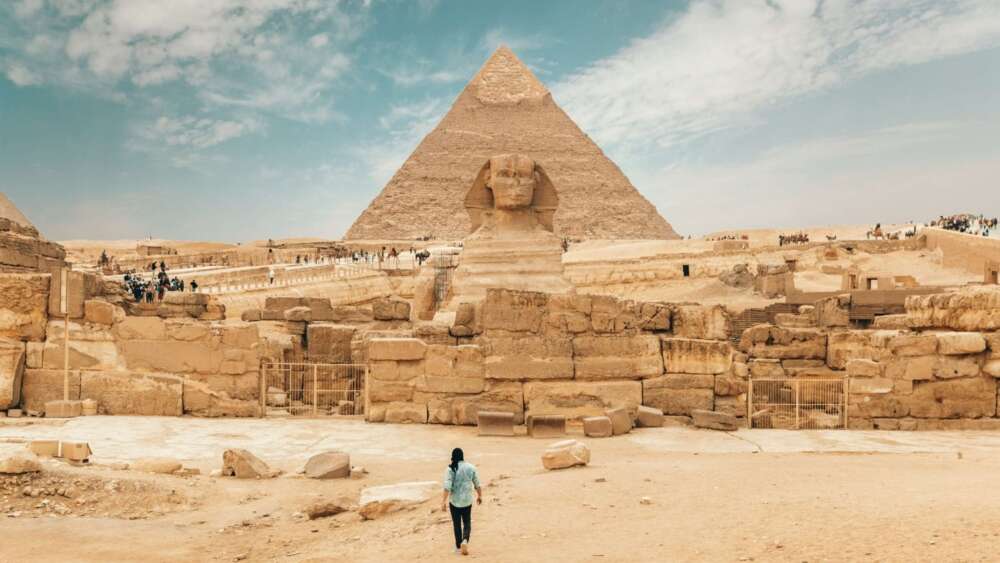Isaac Newton manuscript reveals his desire to unlock the Bible's mysteries
Previously unpublished writings go up for auction
Newton was not the first of the age of reason, he was the last of the magicians.
– John Maynard Keynes
A manuscript detailing Egyptian pyramids has been revealed to be the work of seventeenth century scientist, Isaac Newton. The manuscript is being auctioned by Sotheby’s and is expected to be sold for hundreds of thousands of pounds, according to a report by The Guardian.
That’s right, Isaac Newton – the physicist and mathematician responsible for science’s Laws of Motion and Theory of Gravity – attempted to figure out the unit of measurement used by ancient Egyptians, so he could then determine the real-life dimensions of the temples mentioned in the Bible.
While Newton’s mathematical and scientific theories are well known, his interests in alchemy and theology – which he argued were far more important – are less well known. But it was these interests that led to Newton’s obsessions with Egyptian pyramids. Like many other people of his time, Newton believed they had access to knowledge lost by our modern world.
A mere three pages, the manuscript is Newton’s attempt to prove the pyramids had been built using the ancient Egyptian ‘royal cubit’. He believed that by identifying the length of the cubit, he would be able to reconstruct other ancient units of measurement, such as the ‘sacred cubit’ used by the Hebrews. And then, he would be able to take this understanding of dimension and reconstruct biblical temples from scratch.
More than anything, Newton wanted to reconstruct the temple prophesied about by Ezekiel. This is a temple directly related to the biblical apocalypse – a fascination for which Newton is becoming increasingly well-known.
Gabriel Heaton, a manuscript specialist at Sotheby’s, explains that Newton spent a lot of his time trying to map out the time period of the apocalypse outlined in Revelations. Newton has even released books on the apocalypse, including The Prophecies of Daniel and the Apocalypse and Observations upon the Prophecies of Daniel and the Apocalypse of St. John. And, by understanding the real-life dimensions of these temples, Newton thought he was one step closer to unlocking apocalyptic biblical mysteries.
While many knew of Newton’s work on pyramids, he made sure to keep some of his other theological beliefs quiet. His rejection of the trinity, for one, had the potential to cost him his career. Newton, unlike many of his peers, believed Jesus was not God, but an intermediary figure between God and humans.
His inclination to push the boundaries was characteristic of Newton, who was also a secret alchemist. Newton wrote over more than a million words on alchemical research and experiments, but never published any of them. As alchemy was seen to contradict reputable science, Newton most likely sought to protect his reputation. Nonetheless, his controversial writings on theology and alchemy are becoming increasingly well-known.
Newtown’s manuscript on pyramids adds to a growing pile of work left to be revealed after his death, much of which has been discovered in recent years. These recent discoveries reveal a thinker whose interests are broader than the physics and mathematics that he is famous for.
Perhaps in leaving them to be found posthumously he was hoping for a more forgiving audience than he found in life.
Email This Story
Why not send this to a friend?



